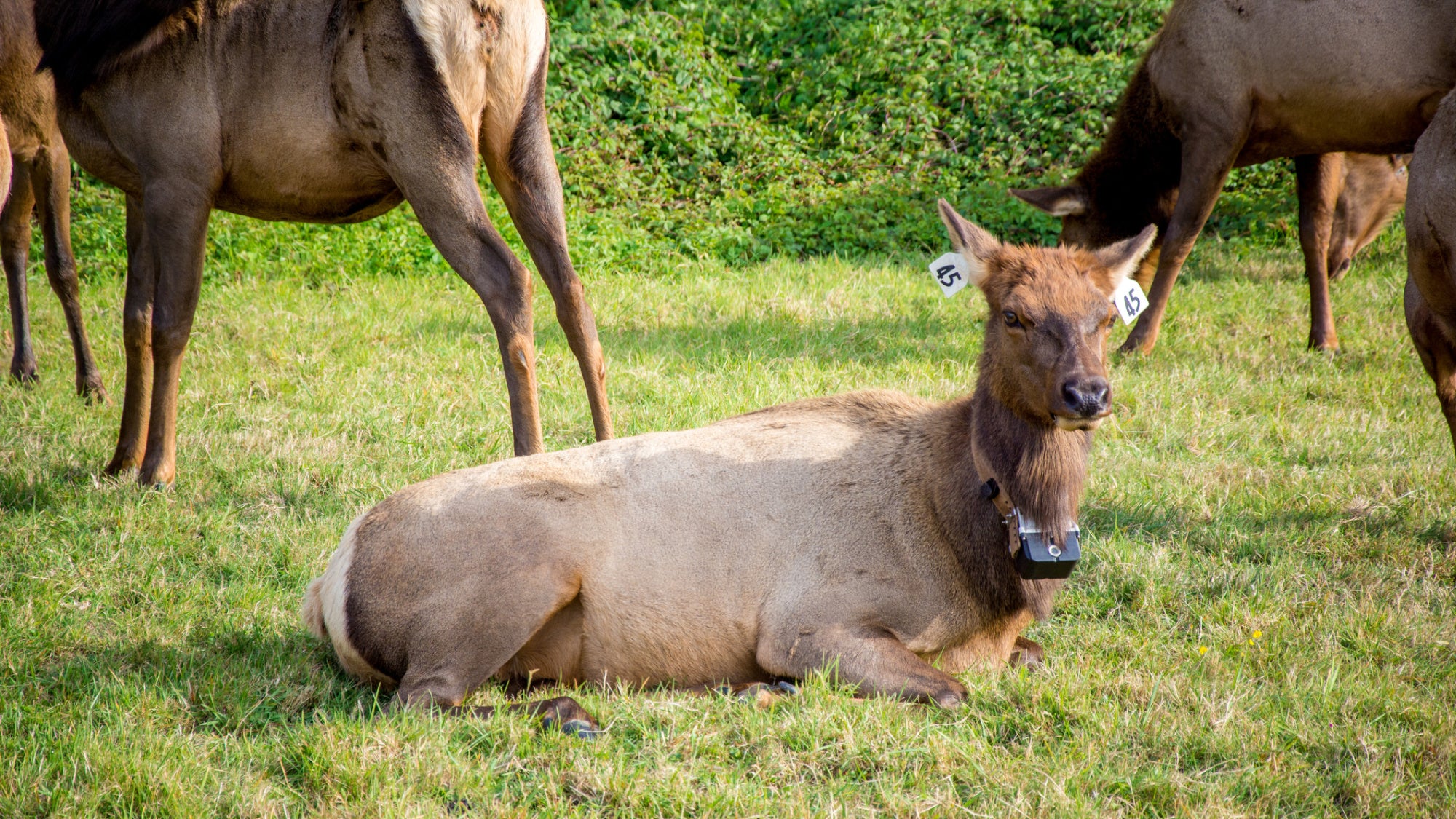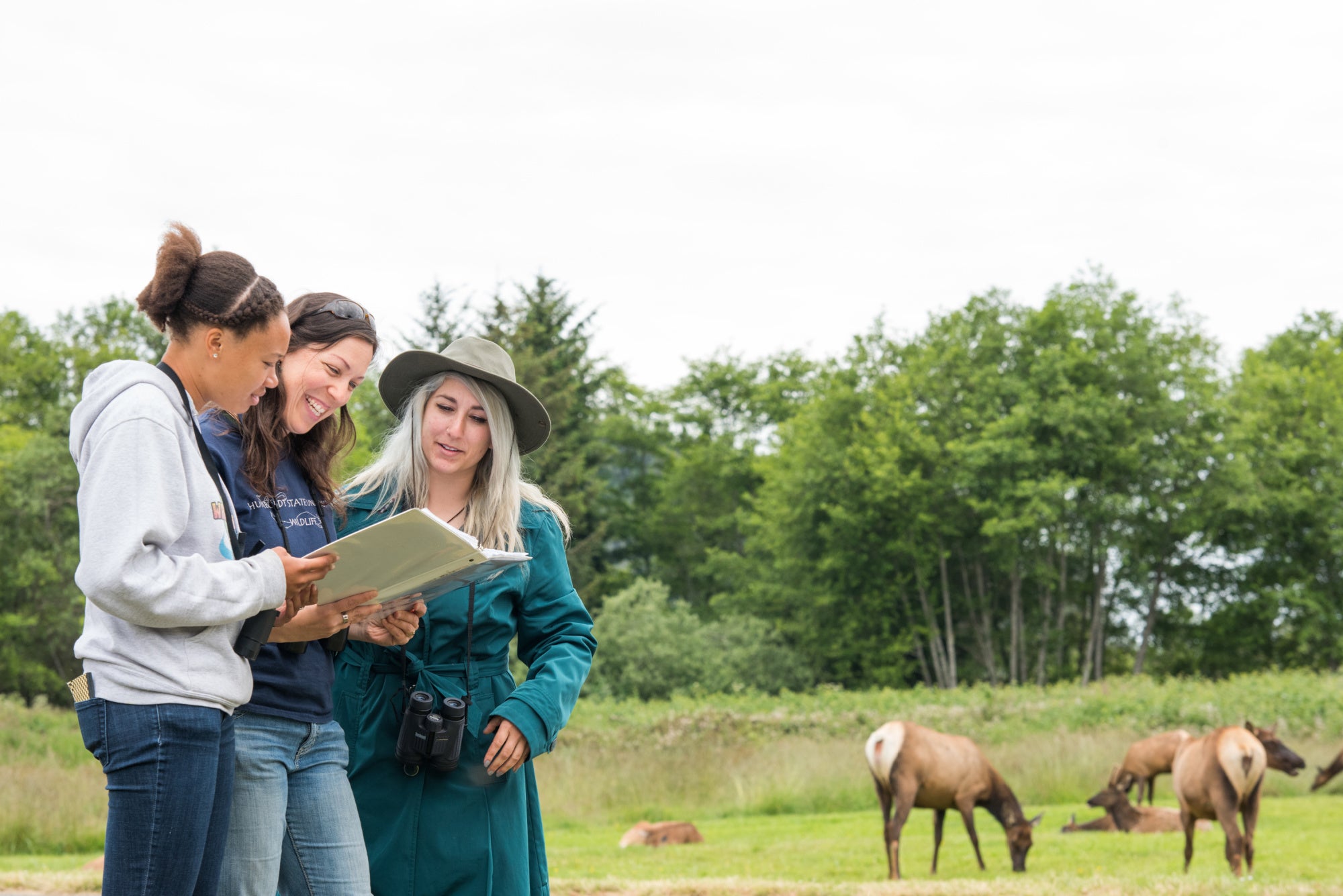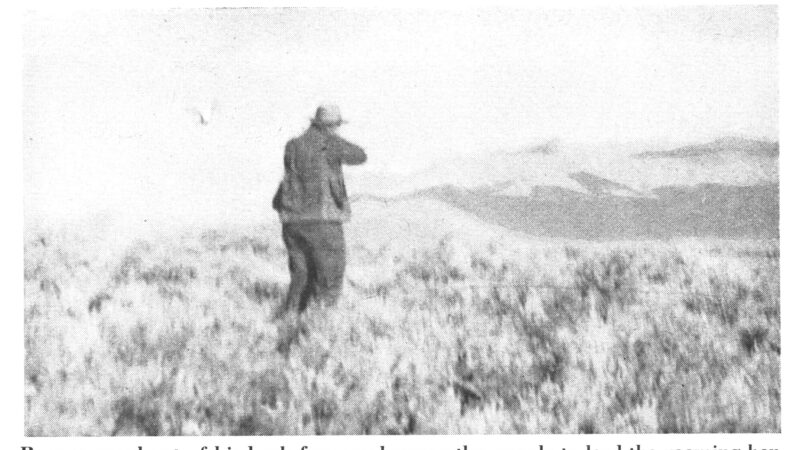Wildlife Students Are Testing Road Signs That Light Up When Collared Elk Are Nearby

Wildlife students at Cal Poly University-Humboldt are coordinating with multiple California agencies on a new study that will examiine whether lighted road signs reduce vehicle collisions with Roosevelt elk in Humboldt and Del Norte counties. The twist? The road signs will only flash their bright lights when elk are actually near or on the highway.
One particular stretch of California’s famous Highway 101, near Orick and Stone Lagoon, has become especially problematic for local Roosevelt elk herds and drivers alike. The highway cuts through migratory corridors and core habitat for the state’s 1,000-plus Roosevelt elk. As a result, the California Department of Fish and Wildlife and the California Department of Transportation have both designated this particular stretch of Highway 101 as an area of concern for wildlife collisions, CPUH says. At least three Roosevelt elk have died from collisions so far this year in the area and five died the year prior, SFGate reports. These accidents pushed researchers and state officials to design a new alert system—one that only signaled drivers when animals were actually on the road ahead of them.
Using grant funding from Caltrans’ Division of Research, Innovation, and System Information, CPUH wildlife professor Micaela Szykman Gunther and her undergraduate and graduate students are working with the state agencies to develop wildlife radio collars that trigger road signs to light up.

Students will capture and fit Roosevelt elk from the nearby herds with the specialized radio collars. Transmitters on the collars will communicate with a series of 20 antennas fixed on roadside posts, spread 300 feet apart along Highway 101. If an elk comes within 150 feet of one of the receivers, it will signal a lighted road sign to flash. When elk aren’t close to the road, the sign will remain unlit.
“Everyone has seen these signs like ‘deer crossing,’ but you ignore them,” Gunther told SFGate. “If a sign is flashing that there is a hazard and threat on the road, I think that’s going to work.”
Roosevelt elk are one of three elk subspecies in the Golden State. Their bodies tend to be bigger than the state’s Rocky Mountain elk, despite the Rocky Mountain elk’s larger antlers. Roosevelt elk also dwarf Tule elk in both body mass and antler size. Their large bodies make for much more dangerous vehicle collisions than one with the average whitetail deer. But large-wildlife collisions in general are an issue for California; more than8,000 large-animal vehicle collisions occurred statewide over a 6-year period, resulting in over 1,500 human injuries and 24 fatalities, California Highway Patrol told Landline.
Read Next: Vehicle Collisions with Wildlife Cost California $1 Billion in the Last 5 Years
The research team is currently collecting data on elk movements and road crossings, and they currently aim to have the Electronic Detection System in place and operational by the summer of 2024. If it works well, CDFW and Caltrans hope it can be useful for other wildlife species in other parts of the state, too, the CPUH press release says.
The post Wildlife Students Are Testing Road Signs That Light Up When Collared Elk Are Nearby appeared first on Outdoor Life.
Articles may contain affiliate links which enable us to share in the revenue of any purchases made.
Source: https://www.outdoorlife.com/conservation/study-road-signs-flash-collared-elk/




